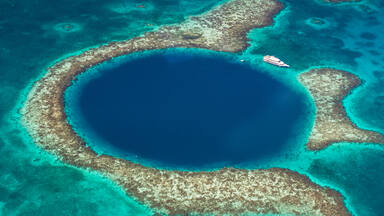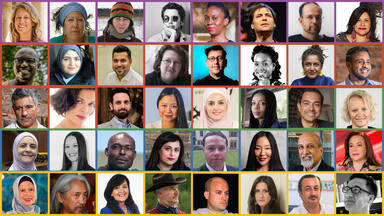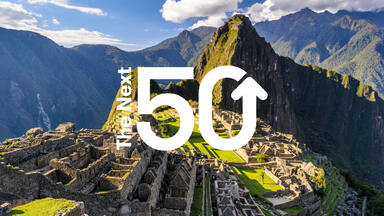Refik Anadol
New media artist and designer known for data-driven machine learning algorithms that create abstract environments
Anab Jain
Designer, futurist, filmmaker and educator, and co-founder and director of a multi-award winning design studio, Superflux
Vision for the Next 50
In the Next 50… Heritage collaborates closely with the tech world, AI and data institutions, and encourages creators to come up with new ways of remembering, living and archiving heritage.
In the Next 50… The rich history and heritage of the past are recognized as a basis to envision a better future for humanity. Heritage encompasses not only built heritage but also stories and narratives by which we can feel empowered and connected.
Summary
The dialogue between Refik Anadol and Anab Jain focused mainly on synergies between built heritage and digital technologies. As digital artists, Anadol and Jain elaborated on projects that explore diverse digital tools to imagine a better future for culture and heritage. Jain explained that the future is like sediment atop rich history and heritage, which is crucial to make better decisions for humanity. Heritage should encompass not only built heritage but also the stories and narratives, as well as the planet. Anadol highlighted the close connection between tangible heritage and virtual technologies, including AI and digital data. He shared his interest in building public archives that allow anyone in the world to access heritage data, irrespective of their age or background.
Dialogue
Watch the dialogue
Explore other sessions
Five dialogue sessions covering five themes take place in 2022, each joined by thinkers in paired dialogue from diverse regions. The interdisciplinary dialogues inspire new visions for the next 50 years of World Heritage.



